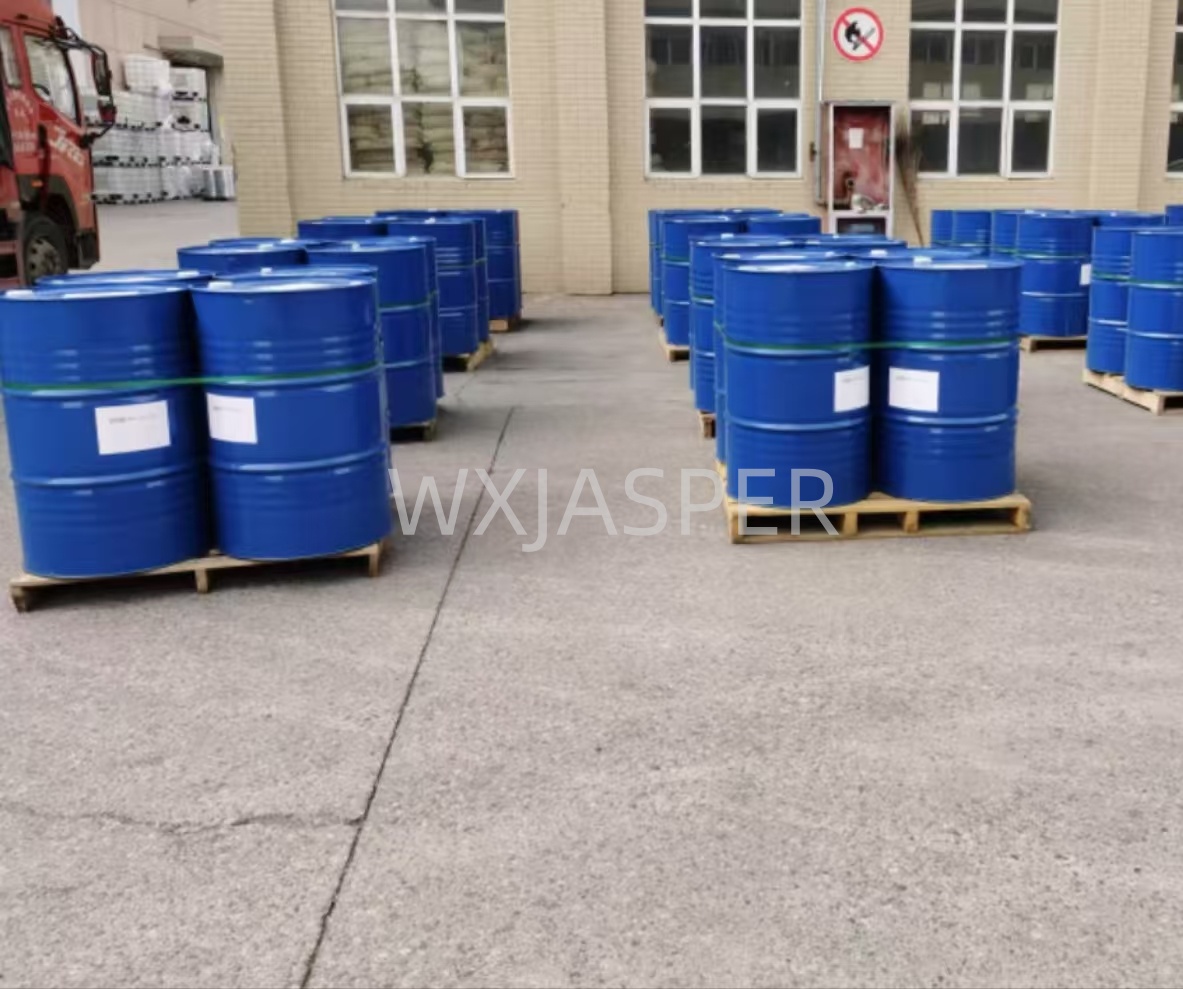Your Location:Home > Products > Solvents > Dichloroethane



CasNo: 1300-21-6
MF: C2H4Cl2
Appearance: liquid
Delivery Time: 15 days
Packing: 200kg/drum
Purity: 99%
Direct Chlorination of Ethylene:
Ethylene reacts with chlorine in a 1,2-dichloroethane medium to generate crude 1,2-dichloroethane and a small amount of polychlorinated by-products. The finished product is obtained through a series of purification processes (e.g., washing, drying, and distillation).
Ethylene Oxychlorination:
Organic Synthesis Intermediate:
Solvent:
Other Uses: